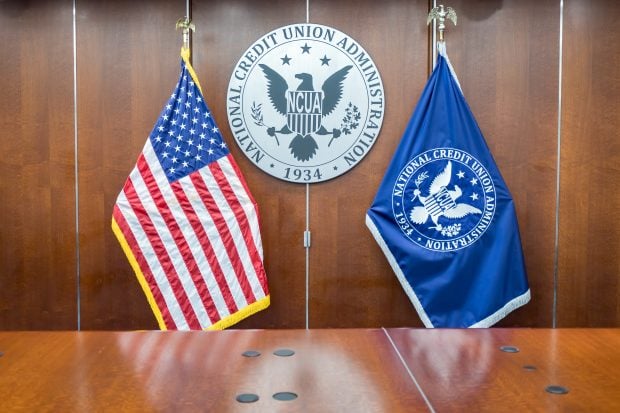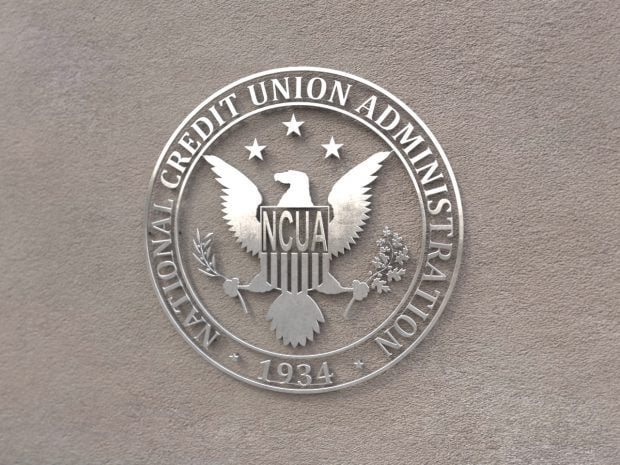Just as credit union executives spend a lot of time thinking about how to better serve their members, criminals spend a lot of time thinking about fraudulent schemes to get loans, particularly auto loans.
"Fraudsters come up with all sorts of ways to make lots of money, and they love cars because they can easily get rid of them and they are worth lots of money," said Frank McKenna, chief fraud strategist for PointPredictive, a San Diego-based firm that provides machine learning fraud solutions for financial institutions.
McKenna's research, based on reviews of past auto loan applications, statistical modeling and other industry expertise, found that auto fraud losses are expected to hit in the estimated range of $4 billion to $6 billion in 2017, from the estimated $2 billion to $3 billion in auto loan losses in 2015.
Recommended For You
Although the cost of auto lending fraud erodes the bottom line for all lenders, it may not be categorized or recognized as a fraud loss.
Some fraud is never identified during the application process and not even after the loan has been funded and defaults. In most cases, the fraud results in early or first payment default where the borrower never makes a loan payment.
According to PointPredictive, about 40% to 70% of early payment default loans have significant misrepresentations on their original loan applications.
While auto loan application fraud is nothing new, the schemes have become much more sophisticated, complex and elaborate, making it more challenging than ever for financial institutions to detect and prevent the fraud.
According to Elizabeth Lasher, director of fraud, cybersecurity and compliance solutions at the San Jose, Calif.-based FICO, with the advent of EMV chip cards, the fraudsters are taking the path of least resistance.
"What we're seeing is that fraud in the U.S. is moving to easier targets," Lasher said. "Recent trends indicate that application fraud is an easier target because of the proliferation of identity data that's available for purchase out there. Auto finance is a prime target because the barriers and layers of control and the sophistication level of control are less than what we're seeing in some other organizations."
Ironically, competitive pressures to meet consumer expectations of securing loans in less than a minute over the web has contributed to the growing problem of application fraud. When financial institutions opened their channels to process many more loan applications in a day than ever before, there are many more opportunities for fraudsters to strike, according to TJ Horan, vice president of product management for FICO.
"But that's not a reason to let the tail [fraud] wag the dog [the lending operation]," Horan said. "To meet customer expectations for speed and convenience, lenders must upgrade their fraud defenses. Those defenses need to be agile and address weaknesses such as application fraud."
Defenses include technology solutions that leverage specialized machine learning and pattern recognition algorithms that can help financial institutions detect and prevent application fraud.
Known auto loan fraud, according to PointPredictive, occurs in about 0.3% (30 basis points) of originated application volume. Known fraud includes fraud that is identified either before an auto loan is originated or shortly afterwards when a borrower notifies the lender of identity theft or a lender uncovers the fraud during the collections process.
Some financial institutions may be under the false impression that they have never been a victim of auto loan fraud.
"If they [financial institutions] look at their auto loan default rates, especially the car loans that default within the first six months and analyze those applications, that's where a lot of the fraud risk is probably going to be found," McKenna said.
To address this problem, credit union executives may think only lending to members with good credit scores can keep their losses low.
But that's a mistake because the fraudsters have become more sophisticated in how they are using stolen consumer information by creating "synthetic identities," and many of these criminals are working together to pull off more scams.
"Synthetic IDs have just in the last 24 months created a lot of problems for fraud executives in the auto industry," McKenna said.
Fraud rings create synthetic IDs by using a Social Security number that a lot of times may belong to a minor who doesn't have an established credit history. They pair that Social Security number with a fake name and fake address, and may also create bogus utility bills or other documents to convince financial institutions that they are the person who lives at that specific address. Then, to establish a good credit history and credit score for the synthetic identity, the fraudsters use credit cards to make small purchases and pay off the cards monthly.
However, because building a good credit history takes time, the authorized user process is a more common way that synthetic IDs are used. Though adding an authorized user is legitimate, fraudsters exploit it by recruiting cardholders with good credit who may play a willing or unwilling role in the fraud ring.
"If that person has a 750 score, they [the fraudsters], essentially are reported as having that score because they're listed as an authorized user." McKenna explained. "Once they have that credit profile established, they can go into a dealership with a synthetic ID and walk out of a dealership without putting any money down, and they oftentimes they do. If they are able to get a Maserati or a Lexus, they can easily get it for $80,000 with no money down, pay $5,000 to put it in a container to ship it over to Asia and sell it for $300,000. These fraud networks basically can do this scheme with 10, 15, 20 or 30 cars and end up with millions of dollars."
Fraud rings also get auto loans by using straw borrowers who lie about their employment and how much money they earn. To convince lenders that they are earning the money they say they are making, they will show fake pay stubs and bogus income tax returns.
In 2014, federal authorities busted a huge nationwide fraud ring that hit more than 21 financial institutions, including 15 credit unions in Pennsylvania, Virginia, Texas, Massachusetts, California and Michigan.
Seven people from four states were indicted on bank fraud and conspiracy to commit bank and wire fraud. The scam included fake car dealerships in California and a network of straw borrowers who falsified bank loan documents and supporting documentation to obtain auto and consumer loans and lines of credit. The alleged fraud ring netted between $1 million and $2.4 million, federal prosecutors said.
Straw borrowers allegedly used fake paystubs, tax returns, employment information and vehicle identification numbers that belonged to cars already owned by other consumers or were on lots at legitimate auto dealers. From 2009 to 2013, a total of 64 phony borrowers applied for at least 150 bogus loans, according to court documents.
In 2015, Precious W. House and Brian K. Hughes were convicted for running a luxury car loan fraud scheme that led to more than $850,000 in losses at three Illinois credit unions and one in Virginia.
They recruited individuals who agreed to apply for loans in exchange for a fee of 20% to 30% of the loan. House and Hughes coerced loan applicants to make false representations on the loan applications.
The fraud ring secured 36 automobile loans and fraudulently obtained approximately $1.1 million.
Unscrupulous car dealers can also be the source of fraud and big losses, though only an estimated 3% of dealers are responsible for 100% of auto loan fraud, according to PointPredictive's research.
Last year, Andysheh Ayatollahi, a former co-owner of a Virginia Beach car dealership, was sentenced to six years in prison for running a scheme that led to more than $860,000 in Navy Federal Credit Union car loan defaults.
The former used car dealer and others used straw borrowers to apply for loans for luxury used cars, such as models from BMW, Jaguar, Lincoln Navigator, Mercedes Benz and Lexus.
In addition to overstating a borrower's job income, Ayatollahi and other employees produced and submitted fake pay stubs and falsely reported other sources of income to the $81 billion, Vienna, Va.-based Navy Federal.
When Ayatollahi and other employees called Navy Federal, they impersonated the buyers who applied for the loans and gave the credit union fake phone numbers for the loan applicant's employer.
According to federal prosecutors, when credit union employees called who they thought was the applicant's employer, they were in fact calling Ayatollahi or other employees at the used car dealership. They impersonated the employer and falsely verified the loan applicant's employment and wage information.
What's more, the car dealership inflated the true purchase price on buyer's orders that was submitted to Navy Federal, causing the credit union to approve loans in an amount that exceeded the purchase price. The dealership would then split this excess loan amount with the buyer, according to court documents.
© 2025 ALM Global, LLC, All Rights Reserved. Request academic re-use from www.copyright.com. All other uses, submit a request to [email protected]. For more information visit Asset & Logo Licensing.








